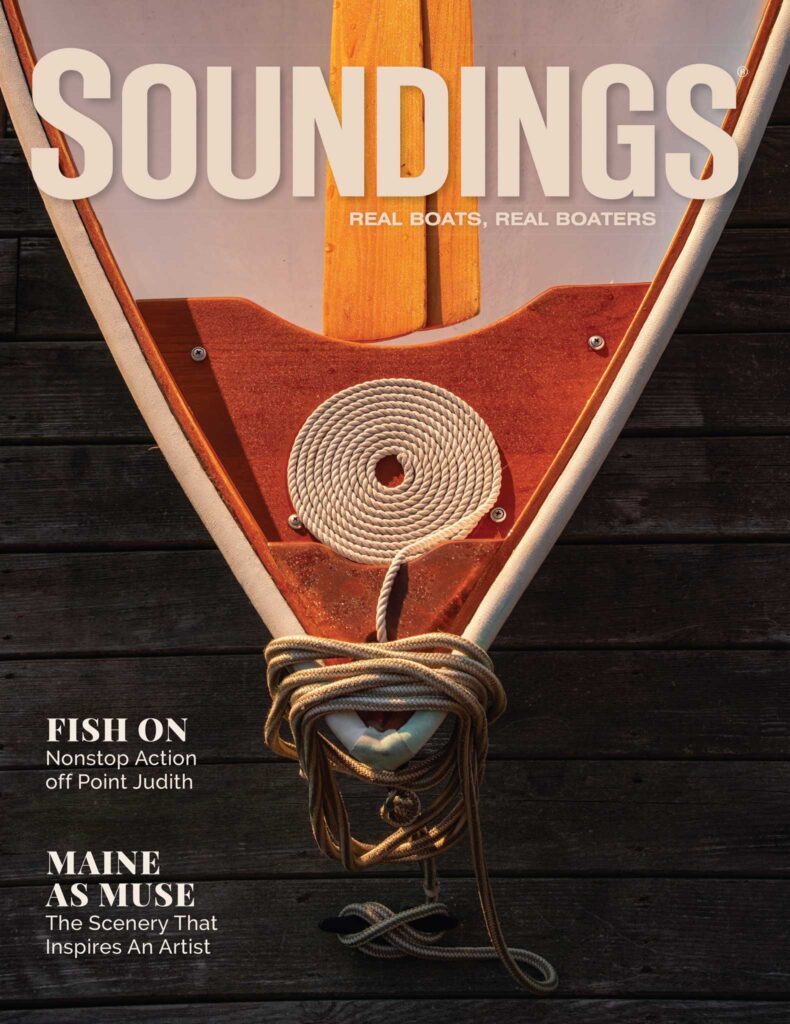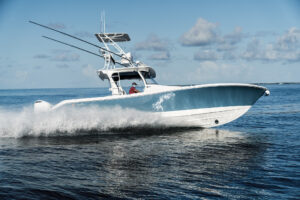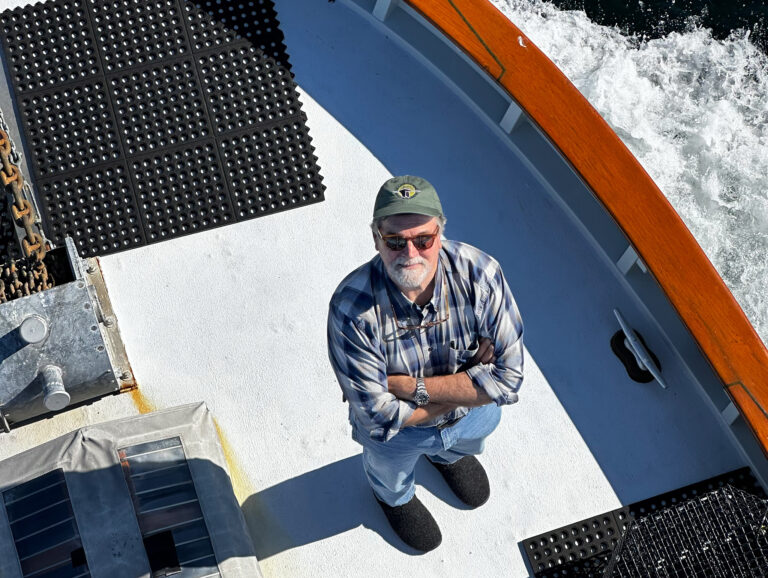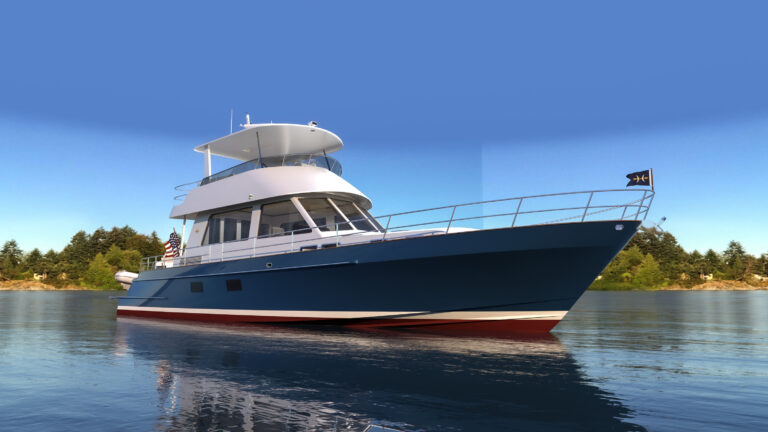Headed to any of the winter shows — perhaps the Miami International Boat Show or the Yacht & Brokerage Show in Miami Beach? Keep an eye out for what I call “boat show blunders.”

These can take the form of sloppy wiring installations, piles of fiberglass dust in storage compartments, fiberglass work with rough and sharp edges, even puddles of oil or hydraulic fluid in the bilge. To be fair, these might merely be indicative of a rush to have a boat ready for the show, but they also can reflect the builder’s or dealer’s level of care and the overall quality of the product.
When I was the editor of now defunct Powerboat Reports, part of my job was to be an advocate for the consumer — to write stories and publish photographs that pushed the marine industry to do better. I wrote several editorials about builders and dealers that presented boats in an unfinished manner at shows. In fact, I started to publish photo spreads after major boat shows that showed some of the blunders I found — unsafe battery installations, exposed electrical terminals, unsupported bow rails, haphazardly installed hardware, shoddy woodwork, and poor fit and finish.
I also noted design characteristics and deck and helm layouts that made little sense. I remember one boat — a 30-foot express fishboat with inboard power. The helm design prevented the driver from piloting the boat while standing. If you did stand at the helm, you were staring at the electronics box molded into the hardtop. It completely blocked the view ahead. Ridiculous.
Erik Klockars, a technical adviser for Soundings, did some consulting for me back then. “A boat show is a place where a company puts its best foot forward,” Klockars says. “So if you’re disappointed at the show, what is your experience as an owner of this company’s boat going to be like?”
I asked him to name some of the most memorable blunders he found. “I remember the electrical panel that was directly behind the stove, and the boat with a broken companionway step and the engine water pump that had been moved from a convenient service location to a totally inaccessible spot.”
A marine mechanic, Klockars says he discovered mistakes by checking the accessibility of maintenance items such as water pumps. He also tried to “play house” on the boats.
“Stand in the bilge and see if you can reach the oil filter,” he says. “Or pretend you’re making a sandwich or heating some soup in the galley. You’ll learn a lot more about the boat.”
I rarely published a photo without contacting the manufacturer to describe what I saw or even sending them copies of the photos. Many simply said the blunder was a rare occurrence, and some even thanked me for bringing it to their attention and vowed to fix the problem. Others offered excuses. The builder of that 30-footer said the express fishboat wasn’t meant to be driven while standing. At the helm of a fishboat such as this, I sure as heck want the option of standing, particularly when navigating offshore in 6-foot swells or an inlet stacked with 5-footers.
I find fewer and fewer blunders these days. Builders have noticeably stepped up fit and finish, workmanship and attention to detail. Interior designs and layouts not only make sense and work well, but they’re also innovative and creative. Occasionally I’ll find that dripping hydraulic hose, which says to me that the builder rushed the job or quality control fell asleep at the wheel. Boats are a big financial investment, and it’s reasonable to expect methodical and careful construction, not something that looks like it came together at the last minute.
These hiccups may not be staring you in the face, so be prepared to poke around the boat. Stick your head inside the bilge or climb into the engine compartment. Feel the edges of hatchways for rough fiberglass work. Look at the joinery closely — does everything match up? Are the bow rails strong and sturdy and well placed? Is the non-skid grippy? Take photos and bring a pad of paper for note-taking. Collect business cards and brochures.
The level of a company’s professionalism and that of its dealer representatives loom large, also. Size up the abilities of people on the display boat. Allowing temporary or inexperienced help to try to answer questions about a $250,000 boat or a $3,000 multifunction display is no way to present a product to the public. Look for companies that place knowledgeable salespeople on their boats and in their booths. A careful eye can help get you the boat you want without being surprised after you log some hours on board.
March 2014 issue










